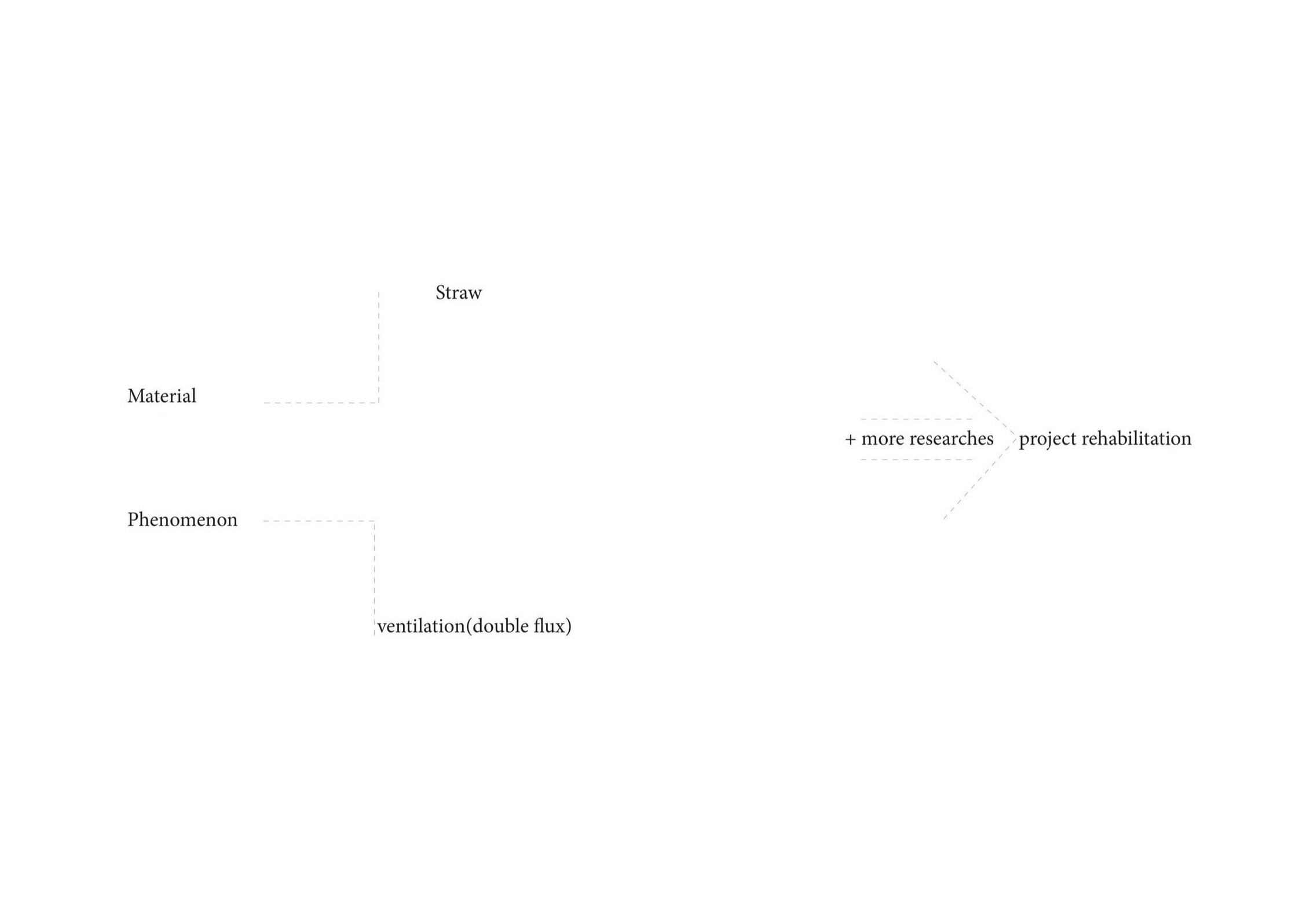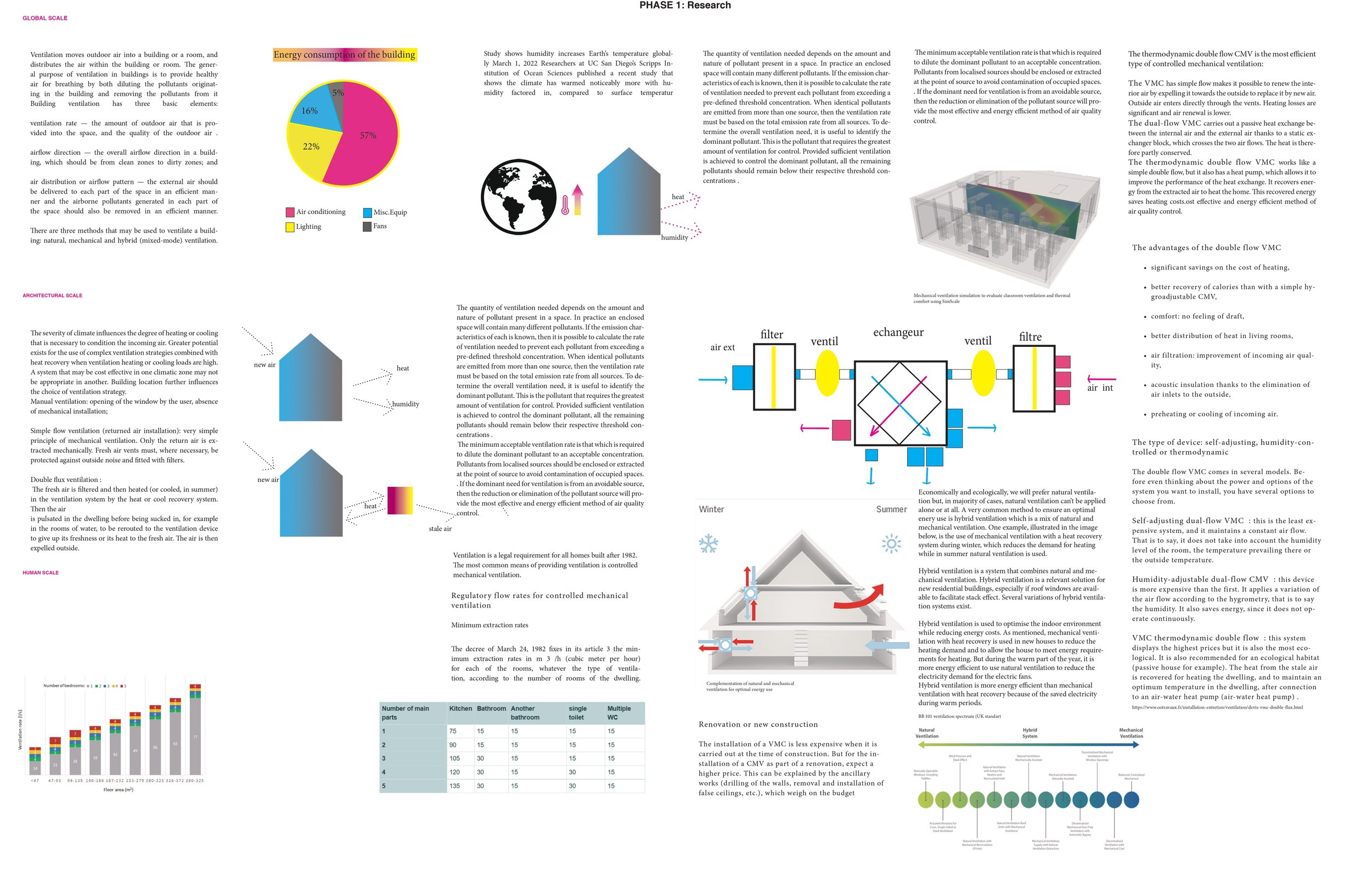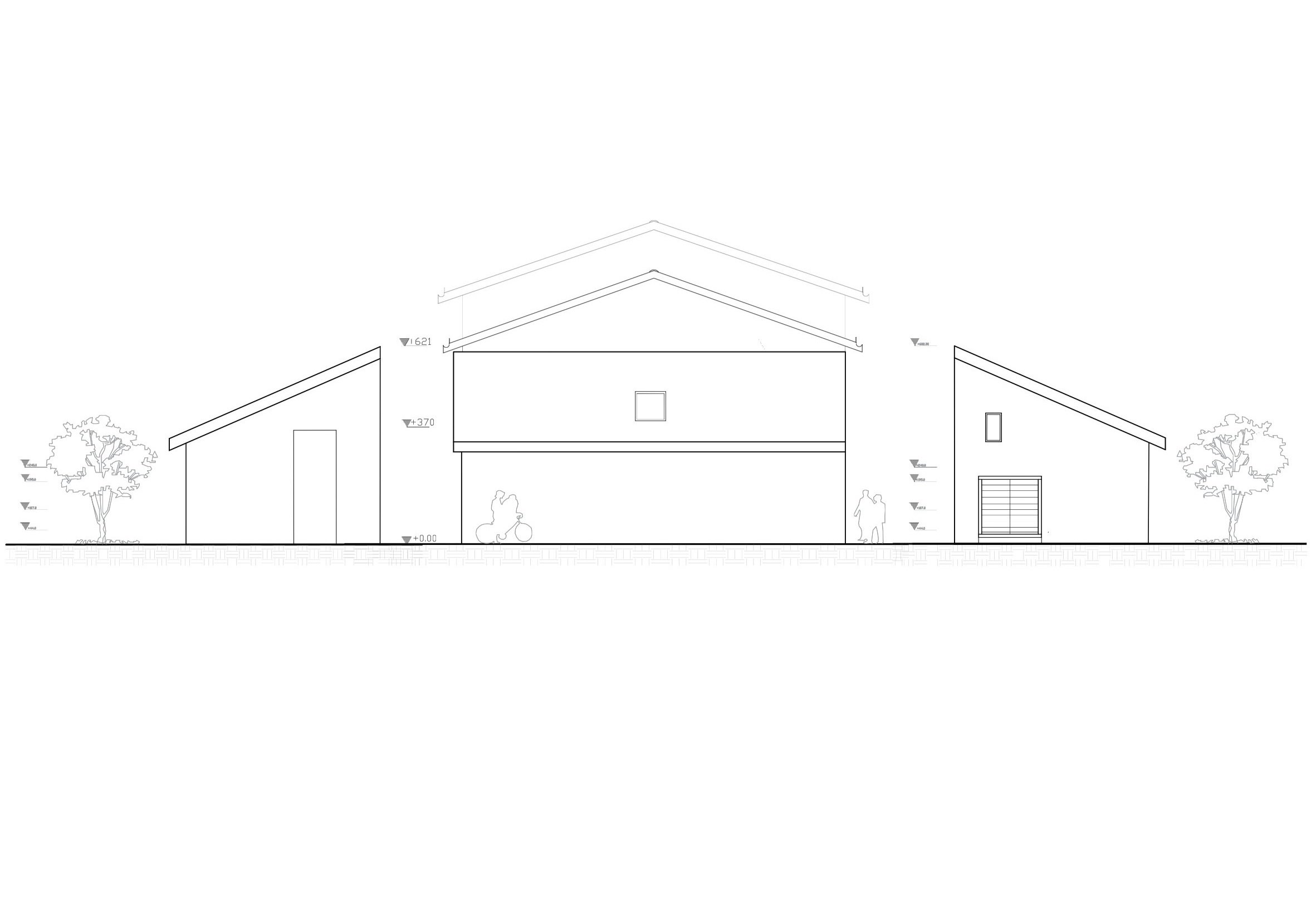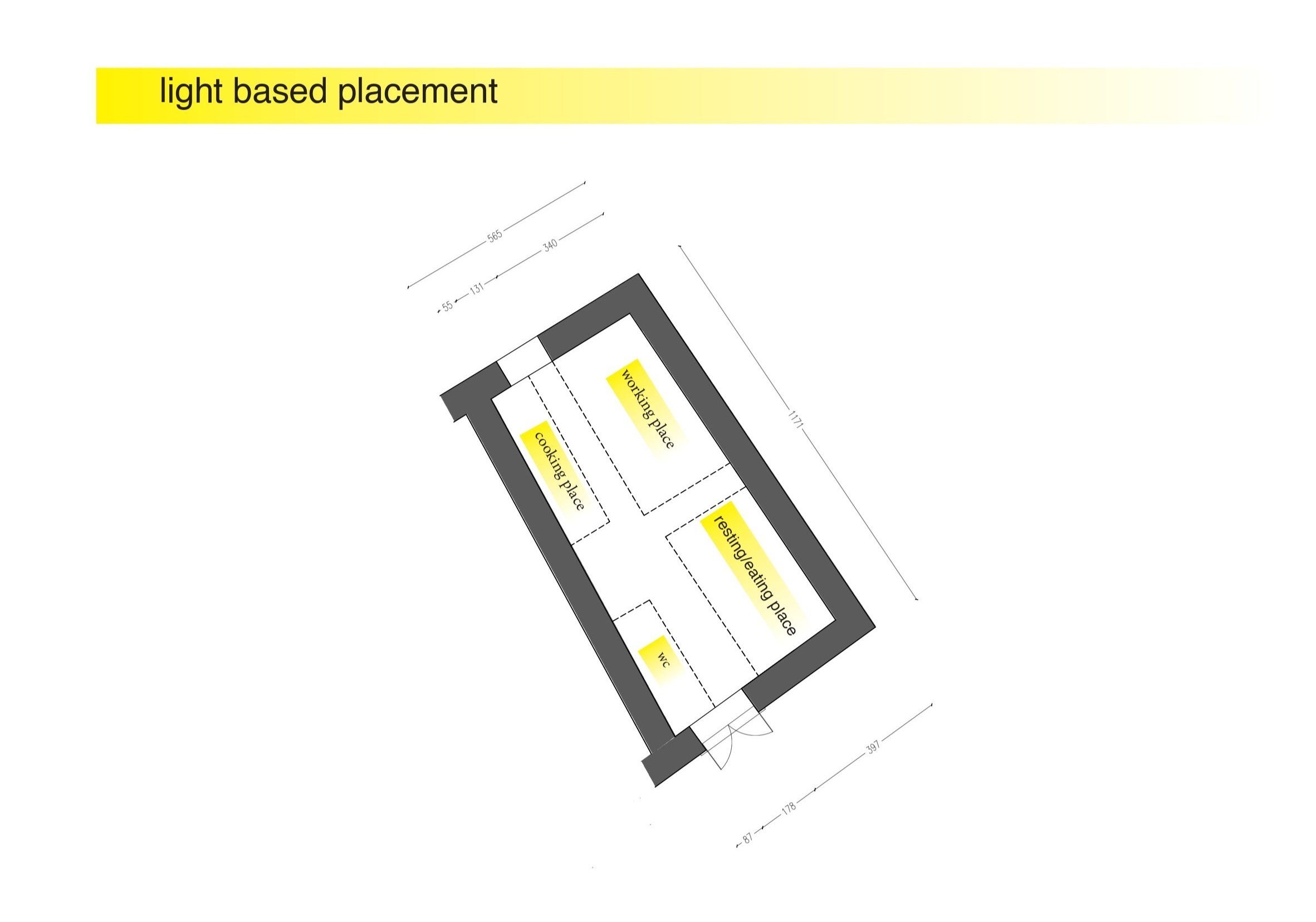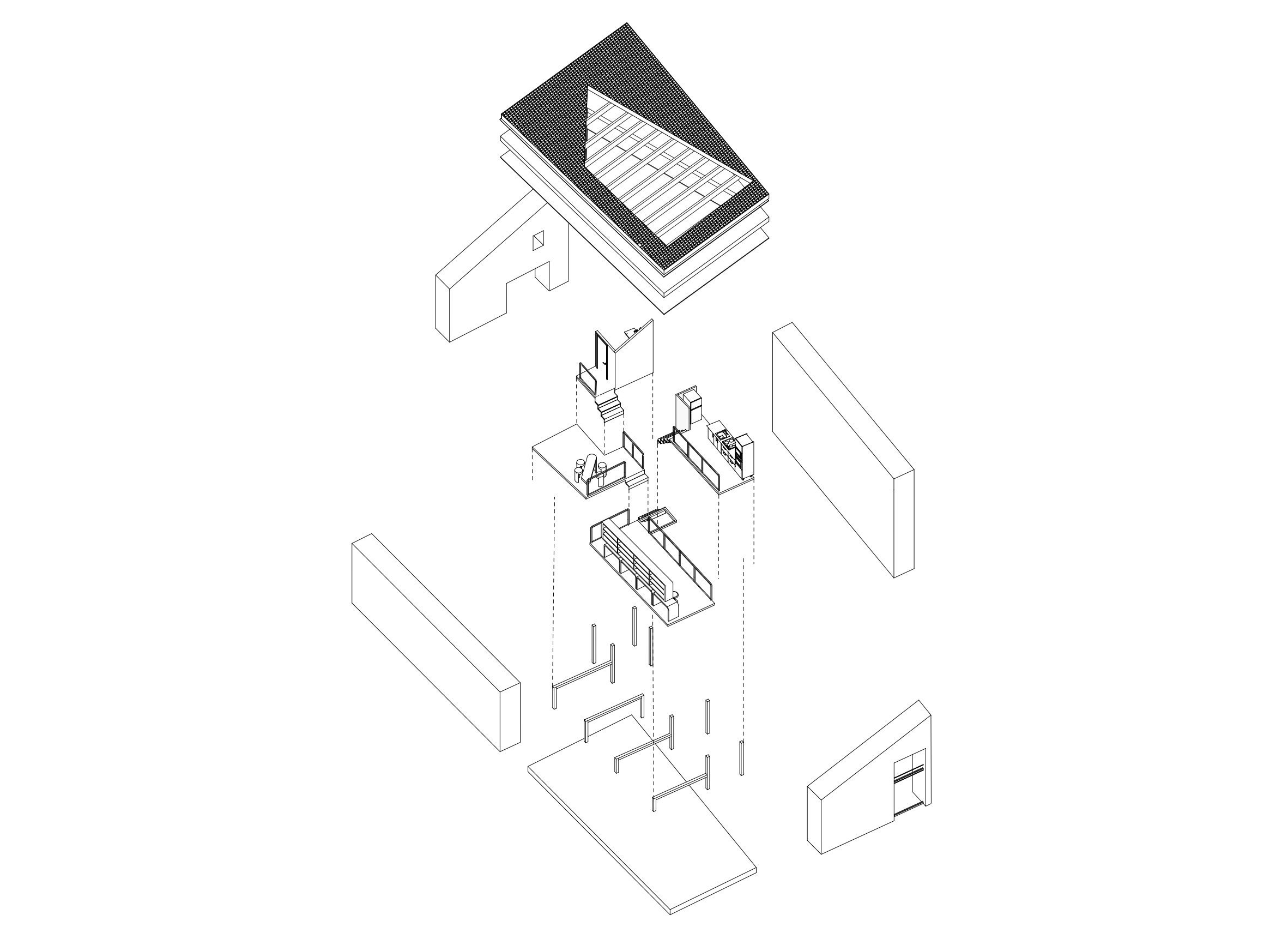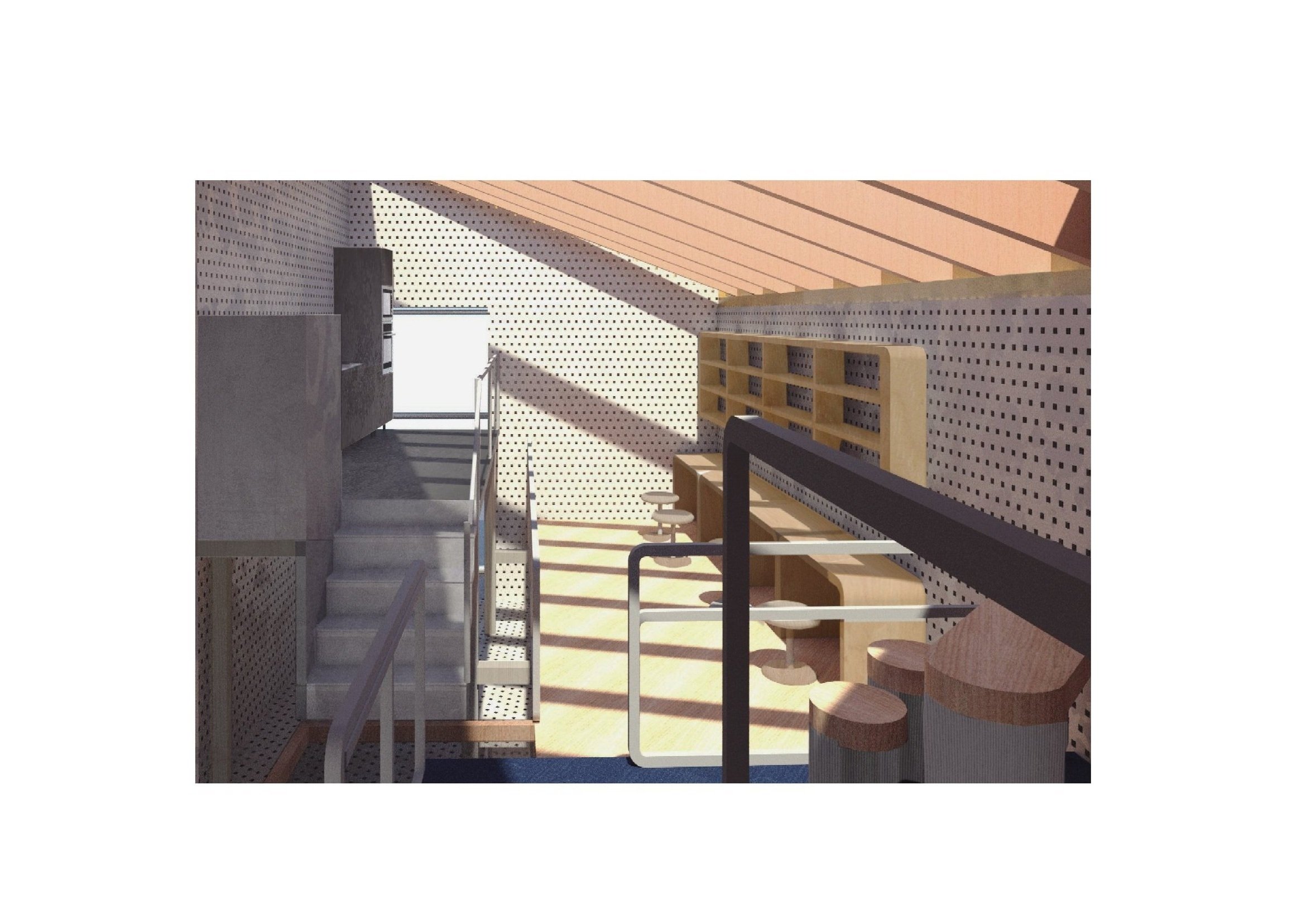The Sustainable Atelier
The project reimagines a part of an abandoned grange in the old town of Martigny, located in the beautiful canton of Valais. Drawing inspiration from the historical character of the structure, the design aims to bring this forgotten space into a new era, transforming it into a symbol of sustainable living while respecting the town's cultural fabric. The focus of this renovation is on creating a self-sufficient, zero-emission interior that uses natural resources and ventilation strategies to address the challenges of climate change.
The renovated space serves as a coworking area for an artist residency, providing a place for creativity and collaboration. Given the limited natural light, an analysis of light distribution was conducted to determine optimal placements for workspaces and equipment. An opening was introduced in the roof to bring in additional daylight, enhancing the functionality of the space.
The project also focuses on air quality, tailoring different zones to suit the specific requirements of various activities. Floors were organized based on the air quality and thermal comfort needed for each function, with materials chosen to control emissivity and ensure a healthy indoor environment. Heat produced within the building is reused through a double flue ventilation system, contributing to energy efficiency.
For wall insulation, straw was selected based on prior research, aiming to reduce wasted energy and decrease the carbon footprint of the renovation. This natural material not only provides excellent thermal performance but also aligns with the building's historical agricultural context.
The project moves beyond mere technical performance to explore a new beauty—a beauty rooted in environmental harmony and comfort for both humans and the planet. By rethinking how people interact with the indoor climate, it fosters a deeper connection between the inhabitants and the natural rhythms of the environment. The grange's transformation becomes a manifesto for sustainable design, demonstrating how thoughtful, human-centered architecture can shape a better future while honoring the past.
